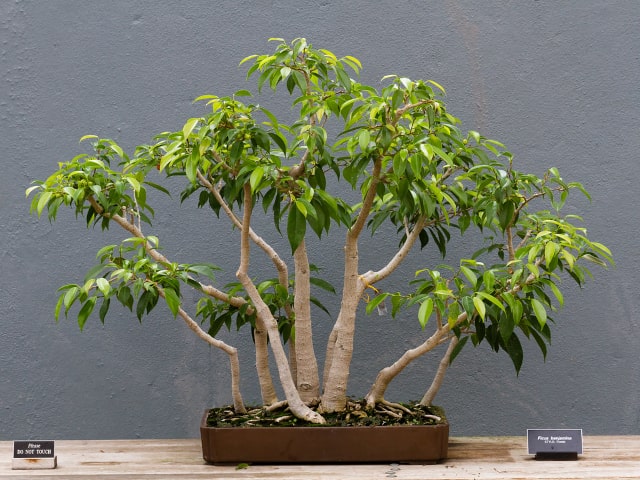
Ficus trees are among the most popular houseplants. Many people also choose them for the office environment. It is easy to see why Ficus trees are so common: they look like beautiful little trees you can use to enhance the look of your living and working space. Ficus trees are known for their lush canopy and attractive appearance.
However, there is one downside to Ficus trees. They tend to be finicky and it's not always easy to take a good care of them. However, if you put in some effort they will reward you. It is possible to grow a strong, healthy Ficus tree in your home and office, as long as you follow some specific care rules that will make your Ficus thrive.
What is a Ficus Tree?
The first thing you need to know about Ficus trees is that they are actually a type of a weeping fig. They belong to the Ficus genus, but the popular houseplant is just one member of said genus. The genus also includes plants such as fig fruit trees and rubber trees. However, when people refer to the Ficus tree as a houseplant, they usually mean on the weeping fig (Ficus benjamina). This plant is commonly referred to as "Ficus" or "Ficus tree". Both names signify the same plant and its varieties.
A great thing about this plant is that it can actually look like a tree, regardless of its size. It will typically maintain the tree-like shape even when it's very small. This makes them ideal for those who like to grow miniature trees in their homes. At the same time, Ficus trees can grow large in size so they are also good for those who have plenty of space in their home.
Ficus trees are known for their attractive foliage. Their leaves are either dark greed on variegated. There are different varieties to choose from based on the foliage alone.
In recent times, some nurseries have started to experiment with Ficus trees pliable trunks and produce braided and twisted forms, thought his is by no means a standard.
How to Grow Your Ficus Indoors
Most people will grow their Ficus trees indoors. If you want to grow a Ficus tree in your home, keep in mind that these plants love bright, indirect sunlight. Alternatively, you may provide them with filtered light. In case you have a variegated variety keep in mind that it can also survive in medium light, but other varieties do need bright indirect light to thrive. The key word here is "indirect". You should never subject your Ficus tree to the bright direct light. This way result in numerous problems for you plant, such as leaf loss and scalding of the leaves.
Another thing to keep in mind is temperature. Ficus trees need some warmth to thrive. They can't tolerate drafts or low temperatures. In order to keep your Ficus tree happy, you need to provide it with temperatures above 60 degrees F (16 degrees Celsius). However, keep in mind that these are minimum acceptable temperatures. In order to make your Ficus thrive, you need to provide it with temperatures above 70 degrees F (21 degrees Celsius).
Remember, Ficus trees hate drafts. Any cold draft coming from doors or windows can seriously harm them. In order to prevent this, make sure to place your Ficus somewhere where drafts can't touch it. It is best to choose a warm, protected spot in your home.
Another thing you need to think about is humidity. Ficus trees that are grown indoors prefer a relatively high levels of humidity. You need to provide them with this. The best way to achieve high humidity around your plant is regular misting. Another method is to simply place your Ficus tree on a pebble tray filled with water. This is a great way to increase the humidity around your Ficus.
However, keep in mind that while these plants like high humidity they don't really like to be wet. This is particularly true for their roots. The roots should never sit in water for too long because that might cause numerous problems. One good solution to this is to always be careful when watering. Before you water your Ficus tree, always check the top of the soil. If it feels wet to the touch, it means you should not water at this time. Only if the soil feels dry it is ok to water your Ficus.
Another thing you need to remember about Ficus trees is that they tend to grow very fast. It means that they require plenty of nutrients to thrive. This is why it is so important to fertilize your Ficus properly. Provide it with a good fertilizer once per month during the spring and summer. During the fall and winter it is ok to fertilize once per two months.
Common Problems with Ficus Trees
Ficus trees are gorgeous plants but it is not uncommon to run into some problems while growing them. One of the most common issues with Ficus trees is leaves dropping. Many owners start to worry when they realize that their Ficus is dropping leaves.
This is a very common issue. This is a standard reaction your Ficus tree has to any form of a stress. In order to stop this problem you need to identify the source of the stress. The most common reasons for your Ficus to be stresses are under watering or over watering. Another possible cause is low humidity and too little light. It is also not unheard of that a Ficus loses its leaves because of changes in temperature (when it's too hot or too cold) or when it's exposed to drafts. Some Ficus trees are also known to drop leaves after repotting or after you relocate it to a different spot in your home. Keep these things in mind if you observe your Ficus loosing leaves.
Another potential problems are the pests. Ficus trees are prone to pests such as spider mites, mealybugs and scales. This is particularly common for stressed Ficus trees that are already losing their leaves. In order to stop and control pest problem it is best to use neem oil. This should help you cure your Ficus three and make it healthy again.
Photo credit: Pierre-Selim
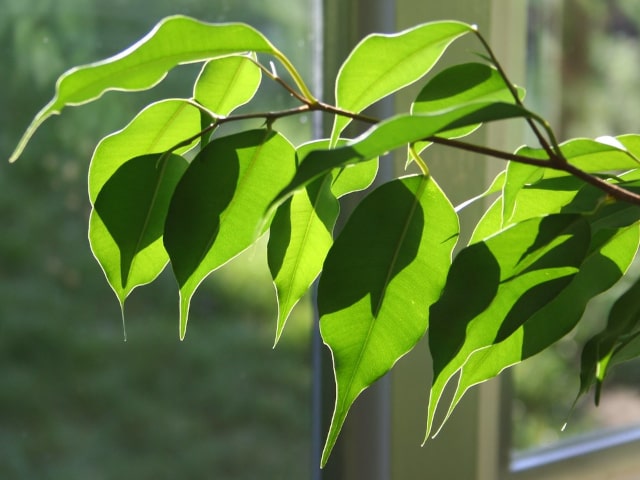
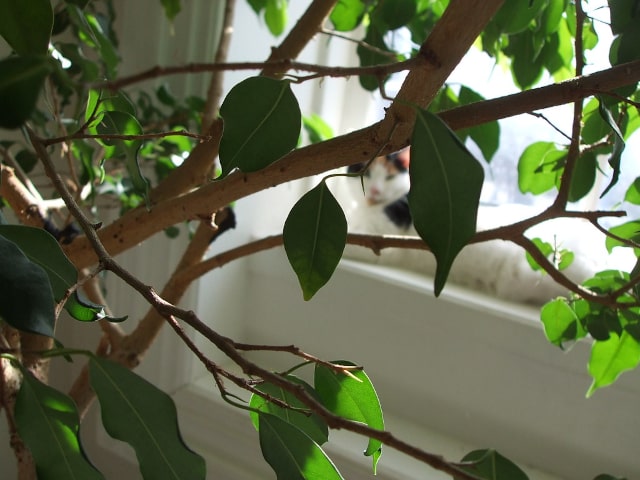
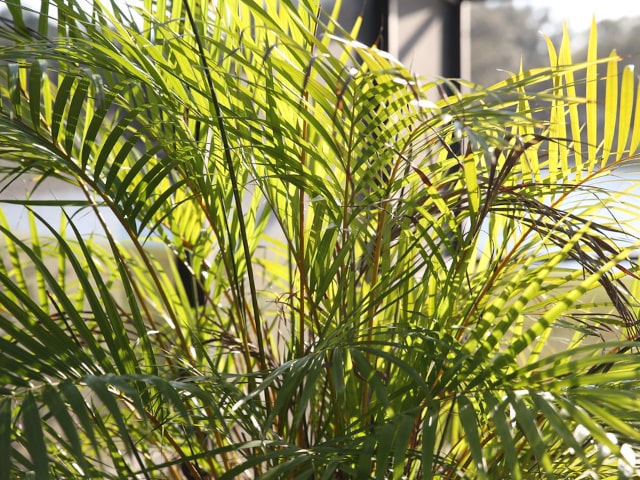
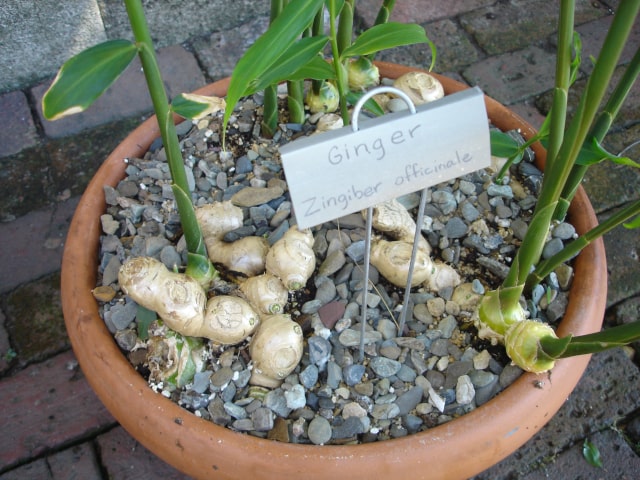
3 Comments
My husband and I received a ficus tree as a gift at his mother funeral. We brought it home and almost all of the leaves fell off. However they are coming back. Would repotting it cause more problems?
Help with my green Maple. It was Homeless & unwanted for weeks, trying to Save it. Brown on lots of the leaves.
I just received a Ficus tree. I brought it home several days ago, and it is already losing its leaves. I am not a happy camper.